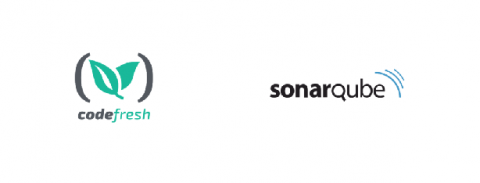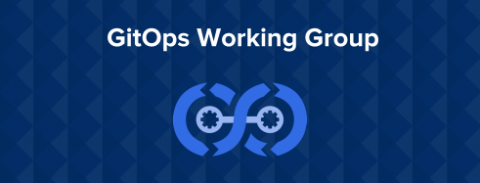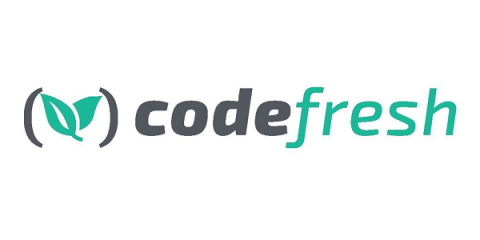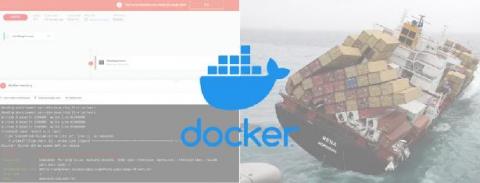Docker Images Without Docker - A Practical Guide
The most well-known security flaw in Docker is that it requires root access to build your Docker images with the Docker daemon. We have all read at least once that you should be careful using root access. This tutorial will take a look at the downsides of using Docker and Docker alternatives to combat those.









